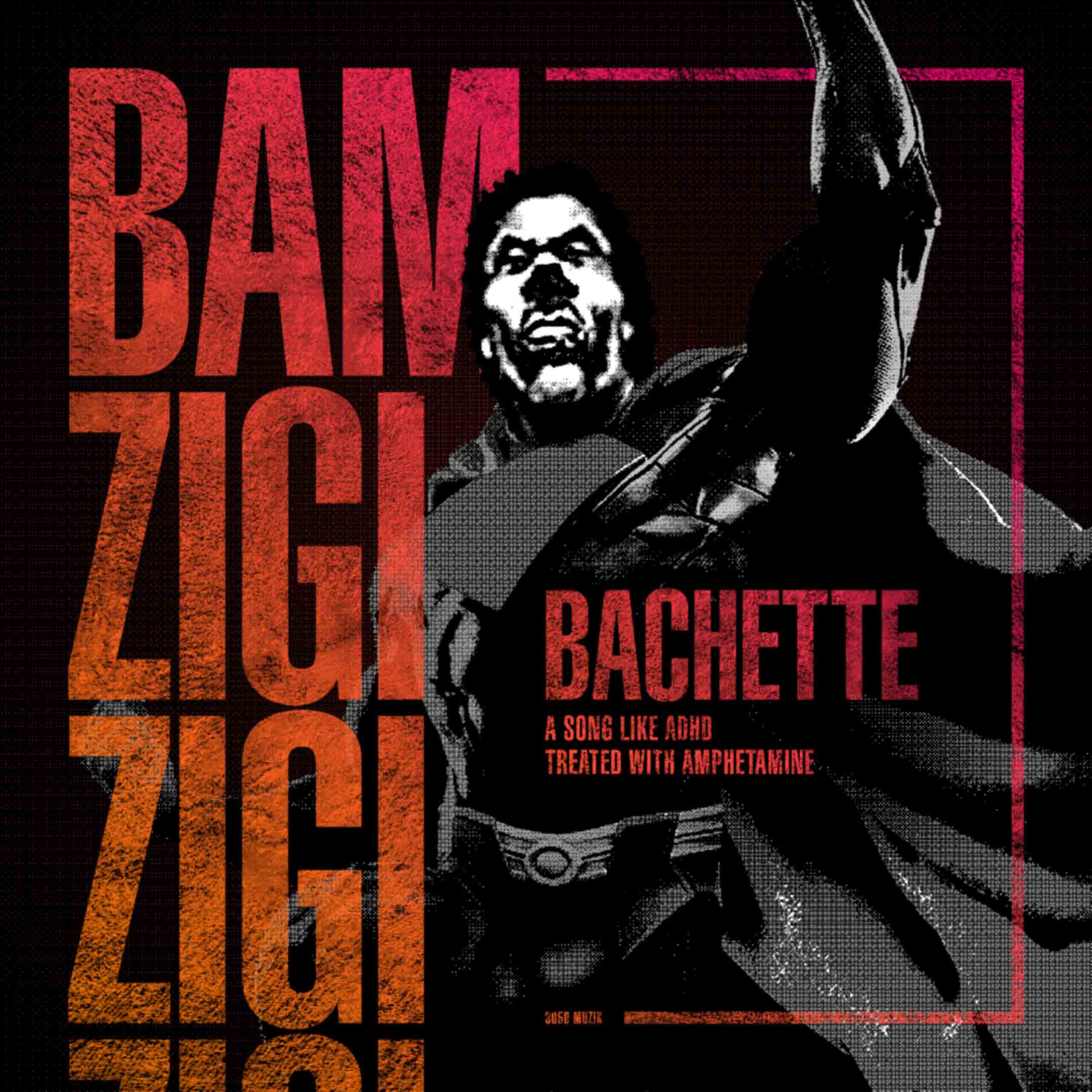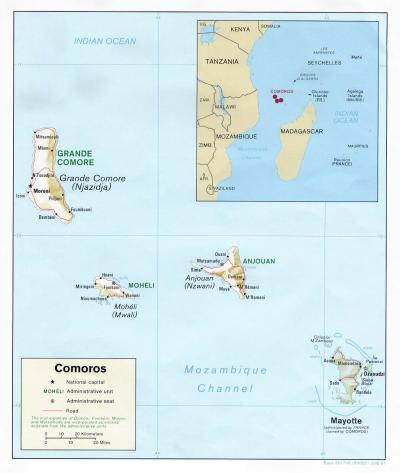
Eclectic Dance Music from Kenya
Kenyan musician Bamzigi was flying ahead of the current electronic dance music craze from South Africa and Angola. However, his eclectic mix Mizuka resonates more abroad than in Kenya where he is not invited for performances.
Southern Africa has its kwaito music, the lusophone countries their kudoro, and coupé décalé spread across West Africa. What about Kenya? Kenya is not known as a centre for electronic dance music (EDM). Of course, as elsewhere, Kenyan clubs jumped on the current wave of EDM that made a lot of famous artists from the West pimp their music by one of these producers en vogue. Kenyan DJ’s currently play Western EDM hits and spice their mix up with South African house music and kwaito.
However, EDM has a longer history in Kenya. A group of mostly white Kenyans going to High Schools in the 1990s would listen to rave and later house music and organize raves. These circles were the nucleus of an underground deep house scene emerging ten years ago, as well as of a commercial house scene that would eventually start to produce music. Among the few non-white Kenyans growing up with these early forms of EDM was Harrison Munio. He started to rap under the name Bamzigi and was part of Necessary Noize, a group formed in 2000. In the same year, Necessary Noize released a self-named tape. The song «Clang! (True Story)», here in a digitized version from the original tape, shows their trademark fusion of rap, reggae and R&B.
Necessary Noize became famous, but Bamzigi left the group soon, dissatisfied with its management. He then studied Media and Radio production in Malaysia and, after his return in 2004, worked as a radio presenter. In the same year, he released Bounce, a rap track based on slowed down house music.
The video to this song has a low resolution, but shows the spirit of that time.
Video not available anymore.
In 2006, Bamzigi released the album The Bounce is Back. On its cover, Bamzigi poses as African Superman. He was flying high and got deep into drugs for five years. In 2008, while still in rehab, he took stock of his musical interests and came up with the idea to mix all the genres of music he likes. Mizuka was born.
Video not available anymore.
At that time, nobody was talking about EDM in Kenya. As Bamzigi initially couldn’t find a producer sharing his musical vision, he produced the first track himself. The initial response was lukewarm. He was told by journalists: «We do understand your music, but the average Kenyans do not.» They wouldn’t listen to songs without words. Rapper and producer Wawesh, whose approach to music is also quite open-minded and cosmopolitan, would.
Video not available anymore.
Bamzigi started to work with producer Wawesh and the single Bachette was released under the label 3050 Muzik. The video visualizes a song that with its 150 beats per minute is like an attention deficit hyperactivity disorder treated with amphetamine and probably the fastest song in Africa.
The video was shot in Mombasa where Bamzigi currently works on his album Shades of Mizuka. Mombasa is the capital of beach tourism in Kenya. Its club scene catering for tourists and also for Kenyan clubbers rides the EDM wave, as does Nairobi’s. Nonetheless, Bamzigi is not invited for performances in Kenya. His main outlet to sell his music is the internet and most of the feedback he gets is from outside Kenya. Encouraged by this, he wants to keep Mizuka up on his planned album but also include maybe two commercial songs for the Kenyan market. Navigating these considerations, Bamzigi then came up with the idea of mixing vernacular music into Mizuka. The result was the song Mutumia (Murogi) which he recorded with DKCK Kora. The track samples a song in the Kikuyu language by Sam Kinuthia, a popular singer of Mũgithi (one-man guitar performances). The video depicts a night out in Nairobi ending in a club.
The protagonist falls in love with Patricia, a Mutumia (Kikuyu-term for a woman) that turns out to be a Murogi (witch) that traps him. The lyrics offer a wild cosmopolitan ride: Patricia’s first language was French, but she always spoke Lingala (a language spoken in parts of the two Congos, Angola and the Central African Republic). Her best friend was a dude, first name Harry, second Potter. She was half Kikuyu, half Jamaican, her sisters were from Malaysia, her mum was born in China, but she grew up in Rwanda, her dad was from Ethiopia and her brothers from Iraq. Next outcome of this excessive creativity was Thumps up, a track about sex that quite left Mizuka style. Bamzigi felt he had to justify for this on social media.
What will follow? Maybe someday an international artist feels like collaborating with him. Perhaps even Will.I.Am. Maybe he will reach his goal and see Kenyan artists compete with international artists, especially with Nigerians and South Africans dominating the continent. However, Bamzigi continues his artistic journey – simply because he is strongly convinced that electronic fusion music is the future.
Biography
Links
Published on March 19, 2013
Last updated on April 11, 2024
Topics
From breakdance in Baghdad, the rebel dance pantsula in South Africa to the role of intoxications in club music: Dance can be a form a self-expression or self-loosing.
Can a bedroom producer change the world? How do artists operate in undersupplied conditions?
Why does a Kenyan producer of the instrumental style EDM add vocals to his tracks? This topic is about HOW things are done, not WHAT.
Snap


